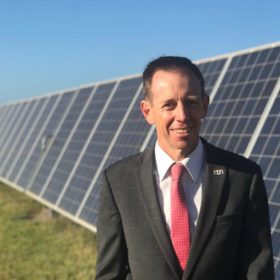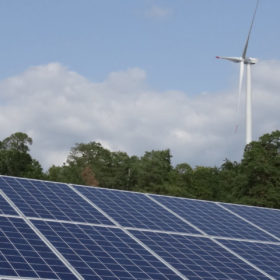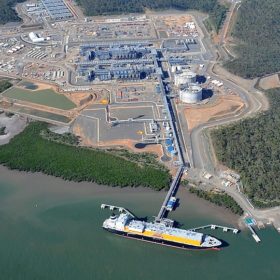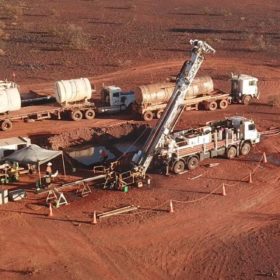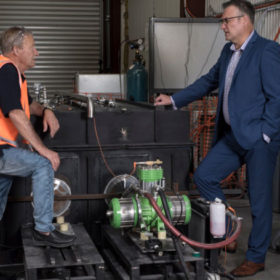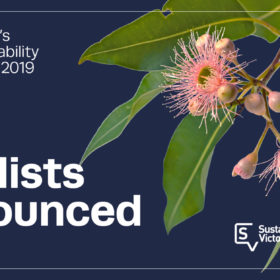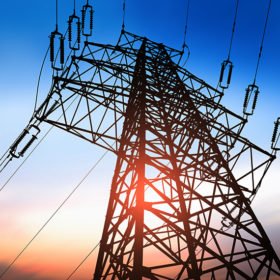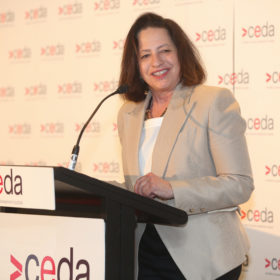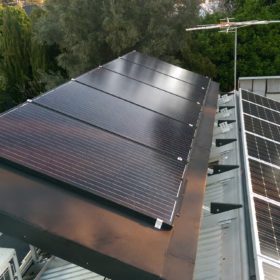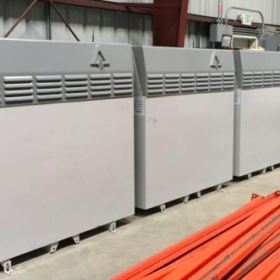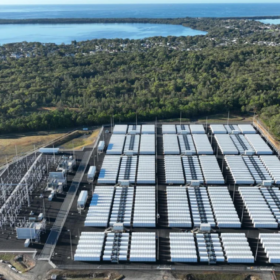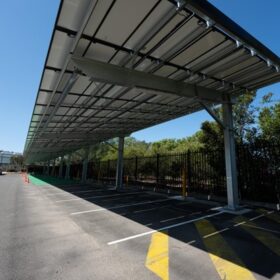ACT announces further renewables reverse auction
Australian Capital Territory’s Minister for Climate Change and Sustainability Shane Rattenbury has announced a further reverse auction for 200 MW of wind or 250 MW of solar.
Renewable energy investment falls to levels not seen since Abbott era
A new report from the Clean Energy Council (CEC) shows investment in renewable energies is slowing down to levels not seen since the prime ministership of Tony Abbott as a result of policy uncertainty and mounting regulatory challenges.
UNSW to host important series of lectures on the economic and climatic transition
The University of New South Wales (UNSW) Sydney’s Practical Justice Initiative (PJI) will host a Climate Transition Lecture on the impact of Australia’s fossil fuel exports on the climate on September 17. Experts will discuss how possible the phasing out of fossil fuel exports is and how it can be done.
Australian government sees economic potential in vanadium
Australia’s Federal Government has given ‘major project status’ to ASX-listed Australian Vanadium’s namesake project located in the Murchison province in Western Australia.
Thermal battery producer heats up storage market
An Australian thermal energy storage company has reached in principle agreements to pilot thermal batteries in the telecommunication and eco-housing industries.
Finalists for Victorian Premier’s Sustainability Awards announced
A solar energy capital in regional Victoria, a community power hub and a renewable energy auction, these are just some of the innovative and sustainable solutions being celebrated at this year’s Victorian Premier’s Sustainability Awards.
ARENA funds voltage-reduction demand response trials in Victoria
The Australian Renewable Energy Agency (ARENA) has today announced funding to United Energy, a Victorian distribution business, in order to trial a voltage-reduction demand response in an effort to deliver grid stability over the Australian summer.
The NEM’s digital twin and the imperatives for new market signals
At a CEDA event exploring ‘Opportunities in the Future Energy Market’, AEMO’s Audrey Zibelman and a lineup of energy thought leaders highlighted the need to value firming services in the new asynchronous energy market, and heralded real-time visualisation of grid and asset performance in the form of digital replicas of the NEM and WEM.
How to get to 50% solar panel conversion efficiency? Sunovate celebrates its first demo project
Solar panel developers have long recognised the detrimental effects heat has on cell performance — an ironic sunny side effect. Australian company Sunovate has designed a cooling system that boosts energy output, and harnesses all that hot air.
Victorian apple farmer installs vanadium battery to increase solar consumption
A vanadium redox flow battery will be installed at a family-owned apple orchard located in Pakenham on the edge of the Gippsland region to complement onsite solar.
